An Unexpected Visitor Washed Up On The Shore Of Port Fairy’s East Beach — And Beachgoers Refused

An unexpected visitor washed up on the shore of Port Fairy’s East Beach — and beachgoers refused to let him suffer. Instead, they did everything in their power to get him the help he needed.
More Posts from Llamaslikesciencetoo and Others

by TINA HESMAN SAEY
SAN DIEGO — Cell biologists are taking clues from marching ants, flocking birds and other animals to learn how groups of cells move through the body.
Such studies are yielding insights about cell movement during development as well as the spread of cancer. Learning about cells’ social interactions may give researchers new ways to peer pressure cells into good behavior.
Cell biologists have traditionally studied individual cells or how groups of physically connected cells move. It’s only in the past few years that researchers have begun to regard cells as individuals with collective behavior. Taking cues from the linked movements of animals helps researchers “understand how cells, which everybody assumed had minds of their own, could possibly move as a group,” says Brian Stramer, a cell biologist at King’s College London.
Developmental biologist Roberto Mayor and colleagues have collected evidence that the migration of some important developmental cells is akin to the movement of swarming locusts. Mayor, of University College London, described the mass migration of neural crest cells December 13 at the annual meeting of the American Society for Cell Biology.
Neural crest cells are developmentally flexible cells in embryos that help form the bones and cartilage of the face, some nerves and brain cells, smooth muscle and other tissues. Some scientists have proposed that changes in early movements of these cells may lead to juvenile physical features in domesticated animals (SN: 8/23/14, p. 7).
Like locusts that cringe away from nipping neighbors, neural crest cells repel each other thanks to a process known as “contact inhibition of locomotion,” Mayor and colleagues found. Avoidance can increase the ability of cells to move in groups; cells that move astray and bump into a neighbor change course and move in the right direction again. A large crowd governed only by avoidance tactics, though, tends to break into smaller cliques, the researchers discovered in computer simulations. Cells are not just repelled by each other; they are also often attracted to other cells. That attraction causes cells to play follow-the-leader. On its own, attraction produces a group of cells that don’t get very far, computer simulations showed. A balance between avoidance and attraction produces the most efficient mass migrations, the simulations suggest.
(excerpt - click the link for the complete article)


Climate change is not that complicated! (h/t)
dog
70 Ask-Questions for Science people... because Science
What’s your major/field?
What made you choose your major/field?
What’s your favorite thing to do in the lab?
What’s the most interesting lab story?
What’s your favorite class?
Which professors do you ship together?
Annoying things your labmates do?
What are your thoughts on animal testing?
Any chemical burns or lab related accidents?
On a scale from 1 to 10 how sensitive are your lab scales?
Who’s your favorite scientist?
Who’s your least favorite scientist?
Favorite female scientists?
Do you do field work? What kind?
Ever tasted an experiment?
What are your typical daydreams about?
How often do you say “for science”?
Do you think about murdering someone with science?
Ever used your scientific knowledge for “bad” stuff?
Whats the most “evil scientist” thing you can think of?
If you had infinite funding, what would your research be about?
What is your favorite scientific theory?
Is a scientific mind attractive to you?
What is your title?
What is the role of technology in your field?
What do you enjoy most about doing science?
What do you enjoy least about doing science?
What is your tolerance on stupidity?
What are your strengths in your field of study?
Your weaknesses?
Do you have a bit of a god complex?
Why are biology majors so….you know..
What motivates you?
Do you like being supervised?
Describe your analytic abilities.
How would your friends describe you?
How would your professors describe you?
Is math a little bit too mathy for you?
Do you code? if yes, how many languages?
Thoughts on AI and robots?
What’s your favorite science blog?
Philosophical views on humanity and nature?
What are your short term and long term career goals?
Do you understand general relativity?
Favorite Dinosaur? Fossil? whatever…
How many bones can you name in medical terms?
How many muscles can you name in medical terms?
What’s your favorite molecule?
Do you like proofs or cold hard Mathematics?
What’s your favorite element?
Favorite show?
Favorite scientific fictional character?
What’s your favorite micro organism?
Have you ever held an organ in your hands?
Lab coats?
What about … lab goats?
White latex gloves or blue ones?
What’s the most dangerous experiment you’ve done in the lab?
What was the first time you got caught doing science?
What was you’r parent’s reaction when you told them you’re a scientist?
Except for lab coats in the bedroom what other kinks do you have?
What would you do a TED talk on?
Are you creative, artistic?
Do you have an attractive professor you can’t pay attention to?
What’s your favorite mineral?
What scientific books would you recommend?
Thoughts on spectral analysis?
Any interesting stories from the lab?
Ever did or thought about doing it or someone in the lab?
How much science is too much science?
Compiled by: rudescience

Physical Activity Linked to Reduced Alzheimer’s Risk and Greater Gray Matter Volume
Whether they jog, swim, garden or dance, physically active older persons have larger gray matter volume in key brain areas responsible for memory and cognition, according to a new study by researchers at the University of Pittsburgh School of Medicine and UCLA.
The research is in Journal of Alzheimer’s Disease. (full open access)

Photograph of a pregnant uterus (womb) from a New Forest pony, approximately five months into the pregnancy. The developing pony (fetus) is outside the uterus but remains attached by its membranes and umbilical cord. The bent back legs of the fetus are sticking out from the membranes (top right-hand side). The uterus has been cut open to reveal its vast blood supply, which is visible on the inner surface. This historical specimen is from a cull animal that happened to be pregnant at the time. It is preserved in formalin in a Perspex container and was photographed in the Anatomy Museum of the Royal Veterinary College in London. (Credit: Michael Frank, Royal Veterinary College / Wellcome Images)

The dancers of the sea | Peter Chadwick
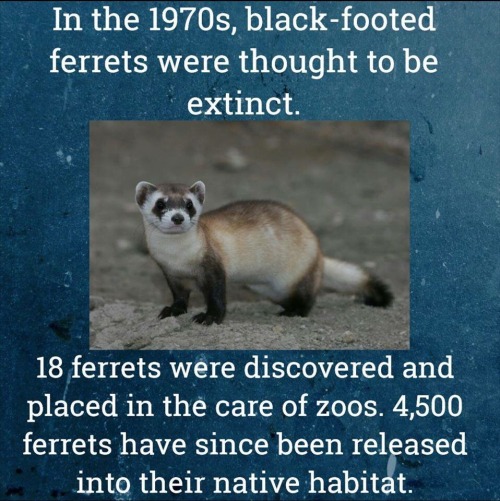
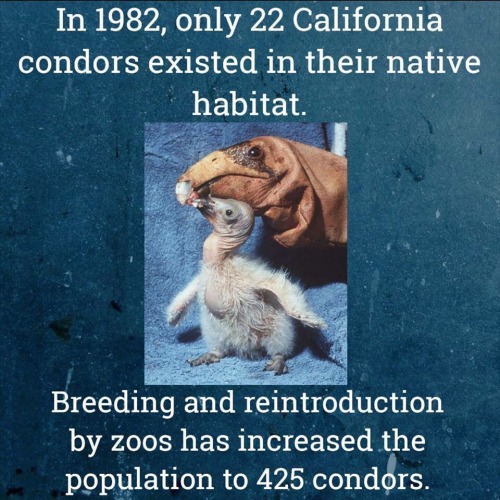


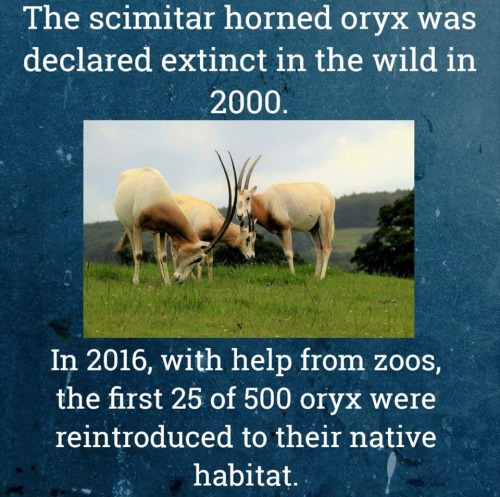
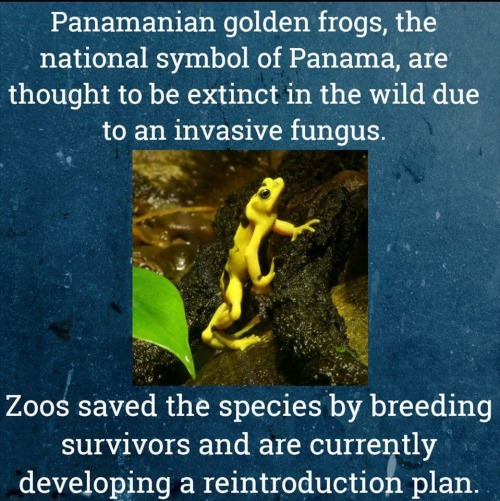
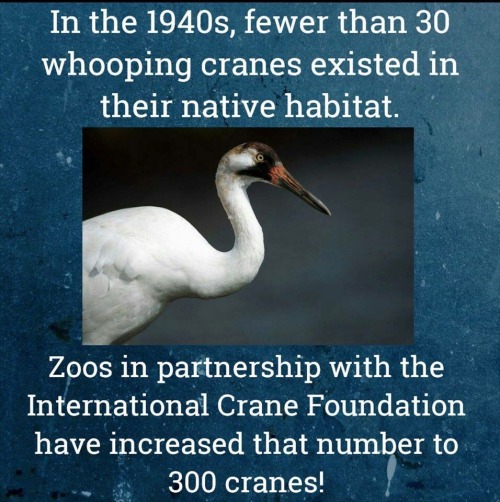

Zoos prevent extinction. This is why I support zoos. This is why the world should support zoos.
Meme credit goes to the zookeepers at www.facebook.com/ZoosSavingSpecies @zoossavingspecies
The Lemon Grove Mummies: Ancient Corpses from Mexican Cave Found in California Garage

On an ordinary day in 1980, a Californian mom decided to spend the afternoon cleaning out her garage – a long neglected chore. She found a lot of trash and plenty of knick-knacks; some forgotten memories arose but nothing unusual. That is until she came to a carton buried in the back. Inside, she found the corpse of a young girl and an infant. Horrified that something so ghastly was lurking in her garage, the mom called the police at once. The Lemon Grove PD arrived ready to investigate a murder. Instead, they stumbled upon a mystery. The two bodies found in that California garage may have been victims but their deaths had taken place centuries earlier.
Read more…


-
 awakeningthevioletswithin liked this · 4 years ago
awakeningthevioletswithin liked this · 4 years ago -
 sirafal liked this · 7 years ago
sirafal liked this · 7 years ago -
 burstomega liked this · 8 years ago
burstomega liked this · 8 years ago -
 kingtony1769-blog reblogged this · 8 years ago
kingtony1769-blog reblogged this · 8 years ago -
 sharkshakira liked this · 8 years ago
sharkshakira liked this · 8 years ago -
 killrqueensryche liked this · 8 years ago
killrqueensryche liked this · 8 years ago -
 yominimamente liked this · 8 years ago
yominimamente liked this · 8 years ago -
 makesureitsworthwatching reblogged this · 8 years ago
makesureitsworthwatching reblogged this · 8 years ago -
 cutesiewooren liked this · 8 years ago
cutesiewooren liked this · 8 years ago -
 boredkellogs-blog liked this · 8 years ago
boredkellogs-blog liked this · 8 years ago -
 ambrose-velour reblogged this · 9 years ago
ambrose-velour reblogged this · 9 years ago -
 olliiolliioxenfree liked this · 9 years ago
olliiolliioxenfree liked this · 9 years ago -
 jackfrostycoke liked this · 9 years ago
jackfrostycoke liked this · 9 years ago -
 killllakells reblogged this · 9 years ago
killllakells reblogged this · 9 years ago -
 keep-dreaming-fairy-tales liked this · 9 years ago
keep-dreaming-fairy-tales liked this · 9 years ago -
 coco-modelmunster0116-blog liked this · 9 years ago
coco-modelmunster0116-blog liked this · 9 years ago -
 thescentofwhiteroses liked this · 9 years ago
thescentofwhiteroses liked this · 9 years ago -
 calamity-cain reblogged this · 9 years ago
calamity-cain reblogged this · 9 years ago -
 bluerosele liked this · 9 years ago
bluerosele liked this · 9 years ago -
 kschieffler liked this · 9 years ago
kschieffler liked this · 9 years ago -
 drunkcleric reblogged this · 9 years ago
drunkcleric reblogged this · 9 years ago -
 drunkcleric liked this · 9 years ago
drunkcleric liked this · 9 years ago -
 stardragons reblogged this · 9 years ago
stardragons reblogged this · 9 years ago -
 s-hark-s-blog reblogged this · 9 years ago
s-hark-s-blog reblogged this · 9 years ago -
 somewhereoveryonder reblogged this · 9 years ago
somewhereoveryonder reblogged this · 9 years ago -
 sterlingrose14 reblogged this · 9 years ago
sterlingrose14 reblogged this · 9 years ago -
 bruhket liked this · 9 years ago
bruhket liked this · 9 years ago -
 donnaspring-blog liked this · 9 years ago
donnaspring-blog liked this · 9 years ago -
 tdombrosky2004-blog reblogged this · 9 years ago
tdombrosky2004-blog reblogged this · 9 years ago -
 tdombrosky2004-blog liked this · 9 years ago
tdombrosky2004-blog liked this · 9 years ago -
 theartistscatharsis liked this · 9 years ago
theartistscatharsis liked this · 9 years ago -
 mp3bluein21st liked this · 9 years ago
mp3bluein21st liked this · 9 years ago -
 hurstd1989-blog liked this · 9 years ago
hurstd1989-blog liked this · 9 years ago -
 urbanorium reblogged this · 9 years ago
urbanorium reblogged this · 9 years ago -
 understormywaters reblogged this · 9 years ago
understormywaters reblogged this · 9 years ago -
 moadominus reblogged this · 9 years ago
moadominus reblogged this · 9 years ago -
 erosugiru liked this · 9 years ago
erosugiru liked this · 9 years ago -
 never-escape-fr0m-th3-darkness liked this · 9 years ago
never-escape-fr0m-th3-darkness liked this · 9 years ago -
 rouxcipriano79-blog liked this · 9 years ago
rouxcipriano79-blog liked this · 9 years ago
Mainly interested in ecology, but also the entirety of science.
179 posts